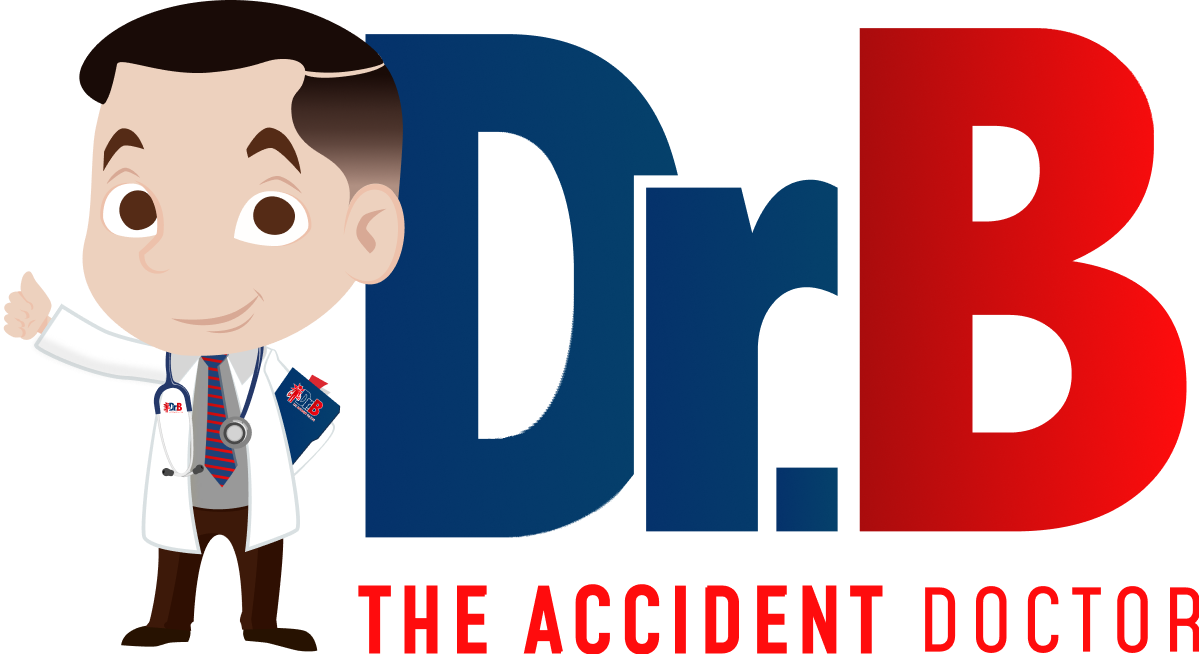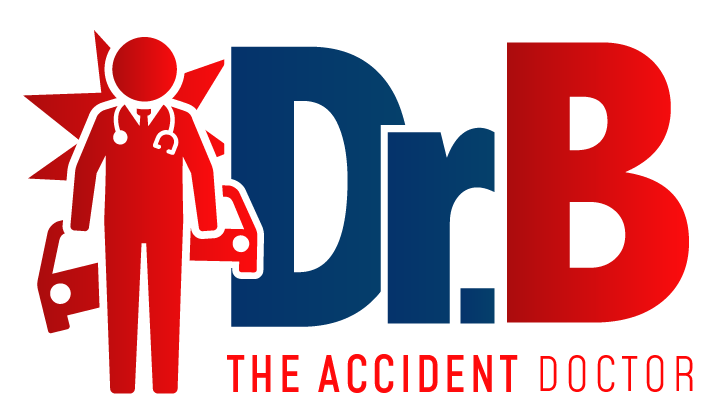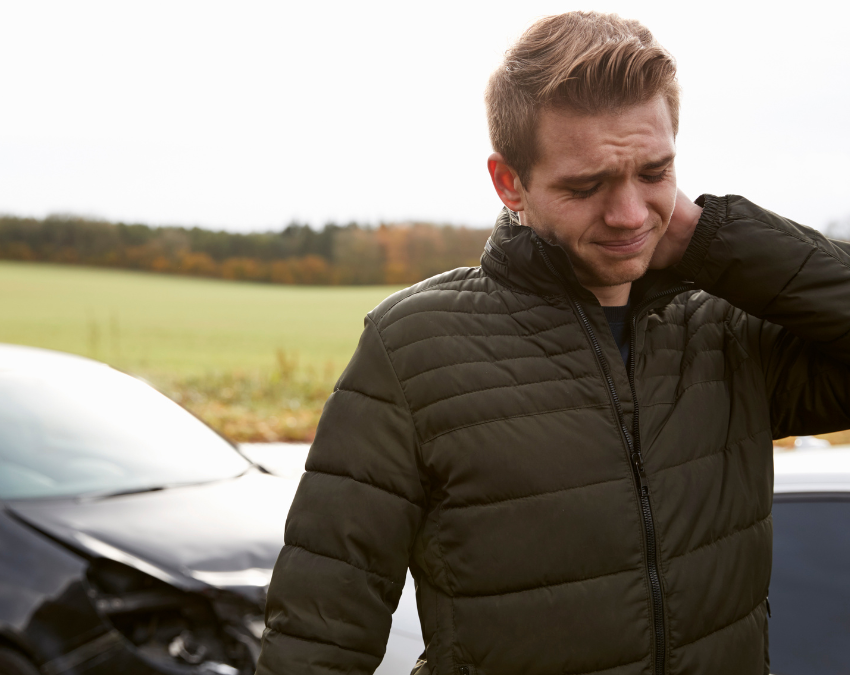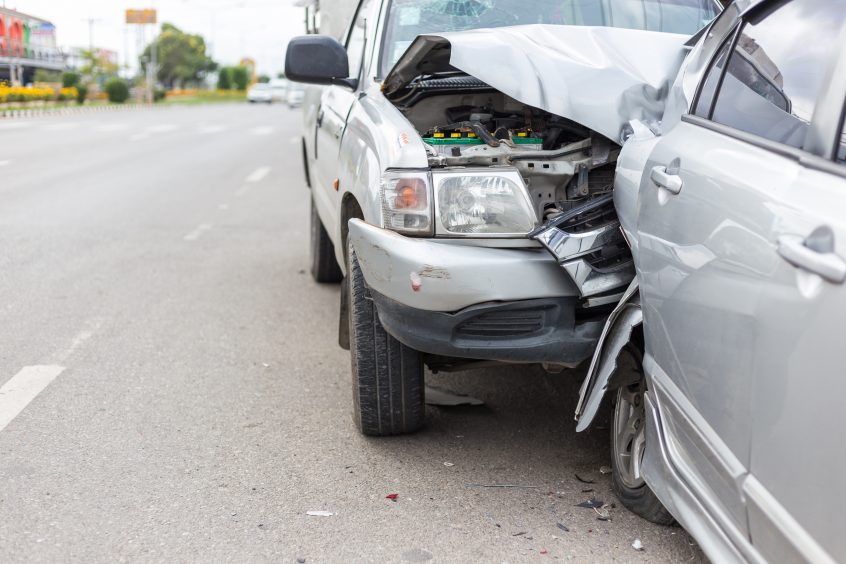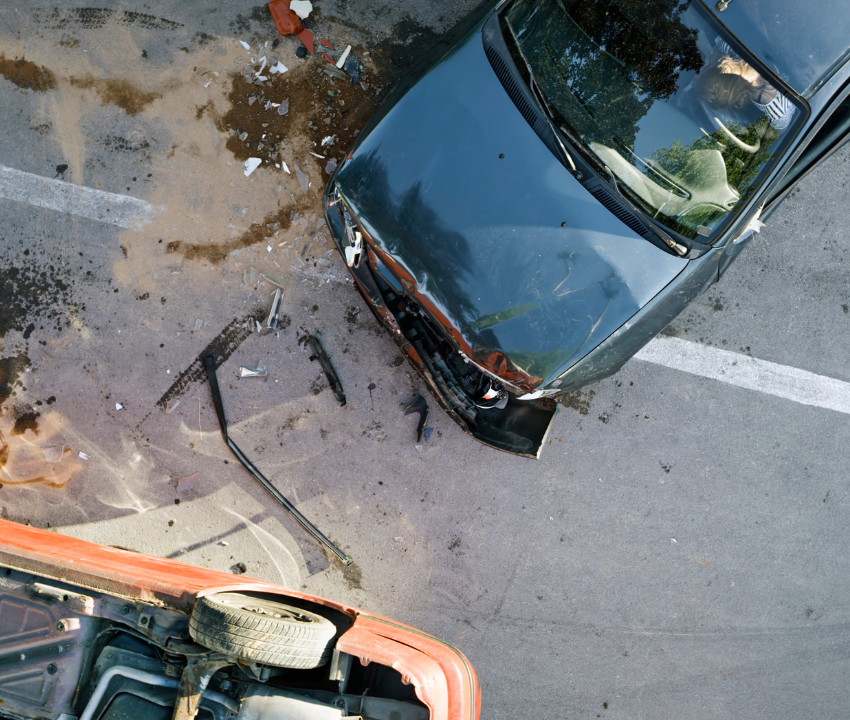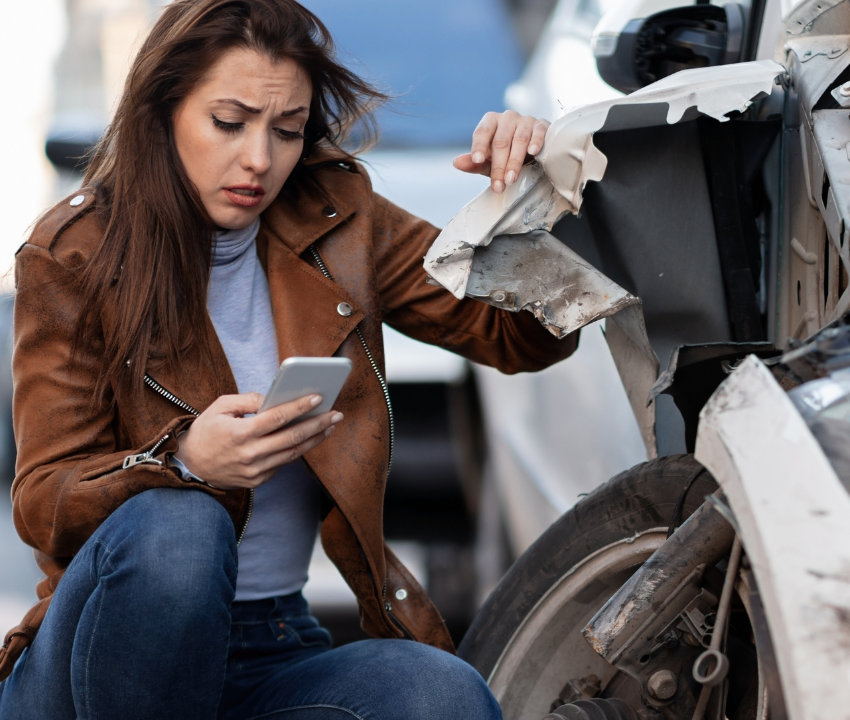5 HIDDEN INJURIES AN AUTO ACCIDENT DOCTOR CAN DIAGNOSE
Hidden Injuries after an Auto Accident
Car accidents are some of the most traumatic events a human can experience. The psychological effects are often lasting, with some accident victims experiencing mental health conditions like post-traumatic stress disorder (PTSD).
However, beyond potentially lasting mental health concerns are delayed physical injuries, which require the expertise of a car accident injury clinic to diagnose and treat.
Unfortunately, not all patients seek medical exams following a car accident; they base their decisions on how they feel in the aftermath of the collision and the days that follow. The human body is not always so forthcoming with its pains.
If you avoid a medical assessment after an accident, you could experience several symptoms of underlying or hidden car accident injuries. The longer you put off seeking treatment, the more time you give injuries to worsen.
Do not underestimate the need for a physical assessment after an accident. While you might feel Ok, your body can mask several injuries, including some that can become fatal or life-altering without adequate and timely intervention.
Injuries and Delayed Responses
A collision can result in several types of injuries, ranging from minor to severe. The confusing thing about auto accident injuries is they do not always manifest immediately following the crash.
The slow response often results in patients avoiding or ignoring car accident treatment, especially in the days following the wreck.
Injuries and Delayed Responses
There are several reasons for the delayed response to injuries, but the most logical and supported cause of injury delay is the body’s adrenaline response. Car accidents cause the brain to release a flood of the adrenaline hormone into the system as a preemptive to pain and trauma, allowing the body to focus on fight or flight, survival.
The self-preservation response results in many benefits to the system, including:
Increased strength
Dilated airways and blood vessels
Vision and hearing changes
Increased energy and stamina
Reduced pain, possibly no pain
In addition to the adrenaline rush, the brain and body produce endorphins to help calm your nerves. The benefit of these biological processes is survival and the reduction or elimination of immediate pain.
Still, the adrenaline and endorphins can take time to dissipate, meaning a delayed response to potential medical needs or emergencies.
Top 5 Non-Visible Injuries an Auto Accident Doctor Often Finds
Because adrenaline and endorphins play a role in how much pain you feel after an accident, it is challenging to specify signs or symptoms of injuries. A doctor will typically need to examine you and perform imaging to understand any potential injuries.
Remember that a lack of pain does not mean a lack of injury. Therefore, you should seek medical treatment or assessment as soon as possible. You do not need to take an ambulance if you feel fine, but you should stop by your primary care physician’s office or take a trip to the emergency room to get checked out.
While it is possible and plausible to walk away from a car accident unscathed, it is equally, if not more so, likely to sustain potentially severe injuries that go unnoticed for several days. Five common accident injuries often remain hidden for several days after an accident and, in some cases, weeks.
1. Brain Injuries
The human brain is one of the most protected organs in the body. The skull provides a structural barrier against outside pressure, and cerebrospinal fluid surrounds the organ to cushion it against injury.
Despite the protective layers, the force and trauma of a car accident can damage or injure the brain.
Brain Injuries
The sudden and explosive nature of the accident can cause bruising, tears, punctures, and several other issues. A traumatic brain injury is common in violent collisions, but it is not always immediately noticed.
A person with a traumatic brain injury (TBI) can show minor to severe signs. Minor signs include confusion, dizziness, and blurry vision, which seem perfectly normal after a crash. Still, a brain injury can evolve into decline rapidly, meaning there is no time to waste.
If the brain is injured, it can swell. The swelling can result in a secondary injury as it pushes the brain against the skull, depriving it of oxygen-rich blood.
Many times, the secondary injury can become worse than the primary injury. Finding a car accident injury clinic is paramount to your health and safety.
2. Neck Injuries
When discussing neck injuries and car accidents, one phrase is tossed around more than others in conversation: whiplash. While whiplash is the cause of injuries and neck pain, it is not technically a medical diagnosis.
For whiplash to occur, the neck and head are thrust into sudden, rapid, and counter-movements, first into hyperextension and second into flexion. The movement is often a result of a car accident, typically a rear-end collision.
The injuries resulting from whiplash can be anything from a sprain to a strain. Still, the violent event can damage discs or joints, irritating the spinal nerves or cord.
While symptoms might not be immediately apparent, you want to be on the lookout for:
- Headaches
- Dizziness
- Fatigue
- Vision problems
- Numbness or tingling radiating or from the shoulder, hand, arm, or fingers
- Neck stiffness or pain
3. Soft Tissues Injuries
An auto collision can often result in soft tissue injuries that do not become apparent for a few days; these injuries typically involve muscles, ligaments, and tendons. Soft tissue injuries include everything from strains, sprains, and contusions.
When a soft tissue injury results from sudden trauma, it is considered acute. While not all soft tissue injuries will require the same car accident treatment, therapies usually follow the RICE formula initially:
- Rest
- Ice
- Compression
- Elevation
Car accident doctors will assess the injuries and determine whether home and self-care are enough or if prescriptions or other medical interventions are required. Depending on the severity of the injury, a doctor might prescribe monitored physical therapy.
4. Back and Spine Injuries
Many people assume that their backs are well-protected during a car accident because of seat belts and backs. While the spine is protected, it is not free of injury risks.
The sudden and violent impact of accidents combined with airbags, tensing muscles, body momentum can result in injury or damage. The significance of the trauma depends on the severity of the accident.
Still, a driver can experience several types of back injuries in a car wreck:
- Sprains and strains
- Fractured vertebrae
- Herniated discs
Like most injuries sustained in car wrecks, rests and physical therapy might be the primary treatment options for back injuries. However, physicians might recommend pain medications, steroid injections, or surgery, depending on the severity of the injury.
Whenever you begin to feel strong and consistent or radiating pain in your back, it is best to seek medical care.
5. Other Internal Injuries
Car accidents can also cause many internal injuries. Some of these injuries are life-threatening if not treated right away.
For example, brain bleeds can occur after significant head trauma. The injury causes the brain to swell, preventing oxygen from reaching portions of the brain, resulting in potentially permanent brain damage.
Other internal injuries include broken bones, ruptured spleen, pneumothorax, abdominal aorta aneurysm, and bruising to other vital organs, such as the heart, liver, and kidneys.
One of the most dangerous possibilities following a car accident is internal bleeding, which drivers might not notice right away. Essentially, the trauma prevents the blood from clotting in the body.
Symptoms to watch out for include:
- Lightheadedness
- Fatigue
- Thirst
- Cold feeling
- Pale complexion
- Abdominal pain
If you experience these symptoms, schedule an emergency appointment with a car accident doctor immediately. Waiting for treatment could be life-threatening.
Injuries and Medical Urgency
While a car accident can be a jarring experience, not every collision requires medical attention. However, when dealing with the aftermath of a high-speed crash, a hard hit, or shaken nerves, it is wise to visit with either your primary care physician or the emergency room.
Injuries and Medical Urgency
Because the body often masks injuries, any uneasiness is enough reason to visit the hospital. Additionally, many accident injuries can result in permanent damage or worse if not treated immediately.
Therefore, after an accident, assess the impact, damage to your vehicle and your bumps, scrapes, and bruises to determine the situation’s urgency. If you do not feel comfortable assessing the situation, talk to medics on the scene and request advice.
Honestly, a car accident is a traumatic and unpredictable event. A driver might walk away from the incident feeling well, only to realize that something is wrong several hours or days later.
Additionally, the severity of the injury is not always equivalent to the accident’s severity. Sometimes, a minor fender bender can result in severe neck or spinal injuries.
There is no point in risking permanent damage or taking potentially life-threatening risks by avoiding a visit to a car accident injury clinic. Your health is the primary concern after an accident.
If you are looking for an excellent Doctor for Auto Accident Injury call a doctor 1st! 210-342-2777 Dr. B, DC “The Accident Doctor”.
